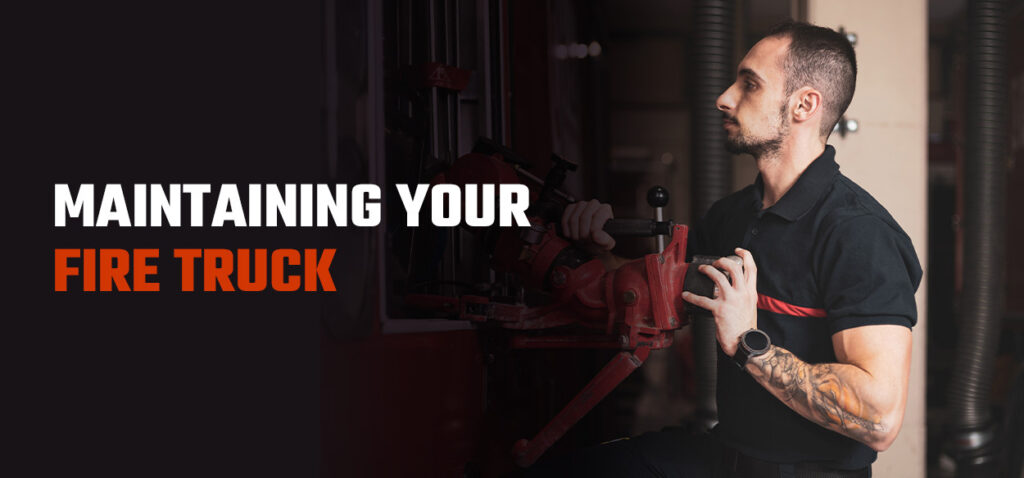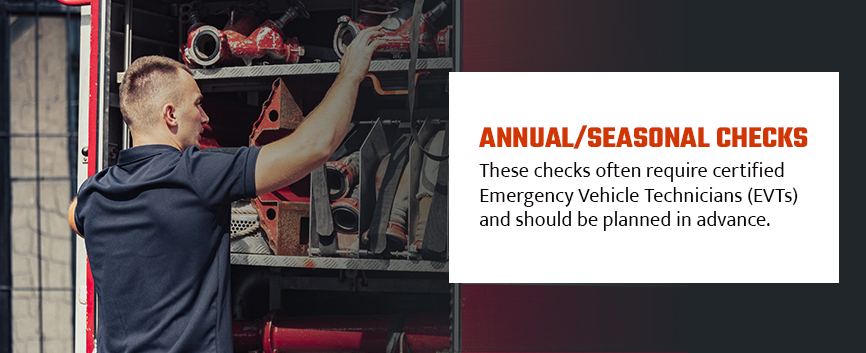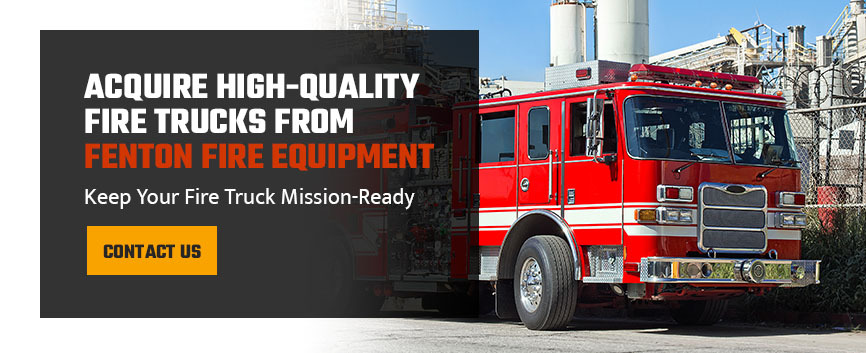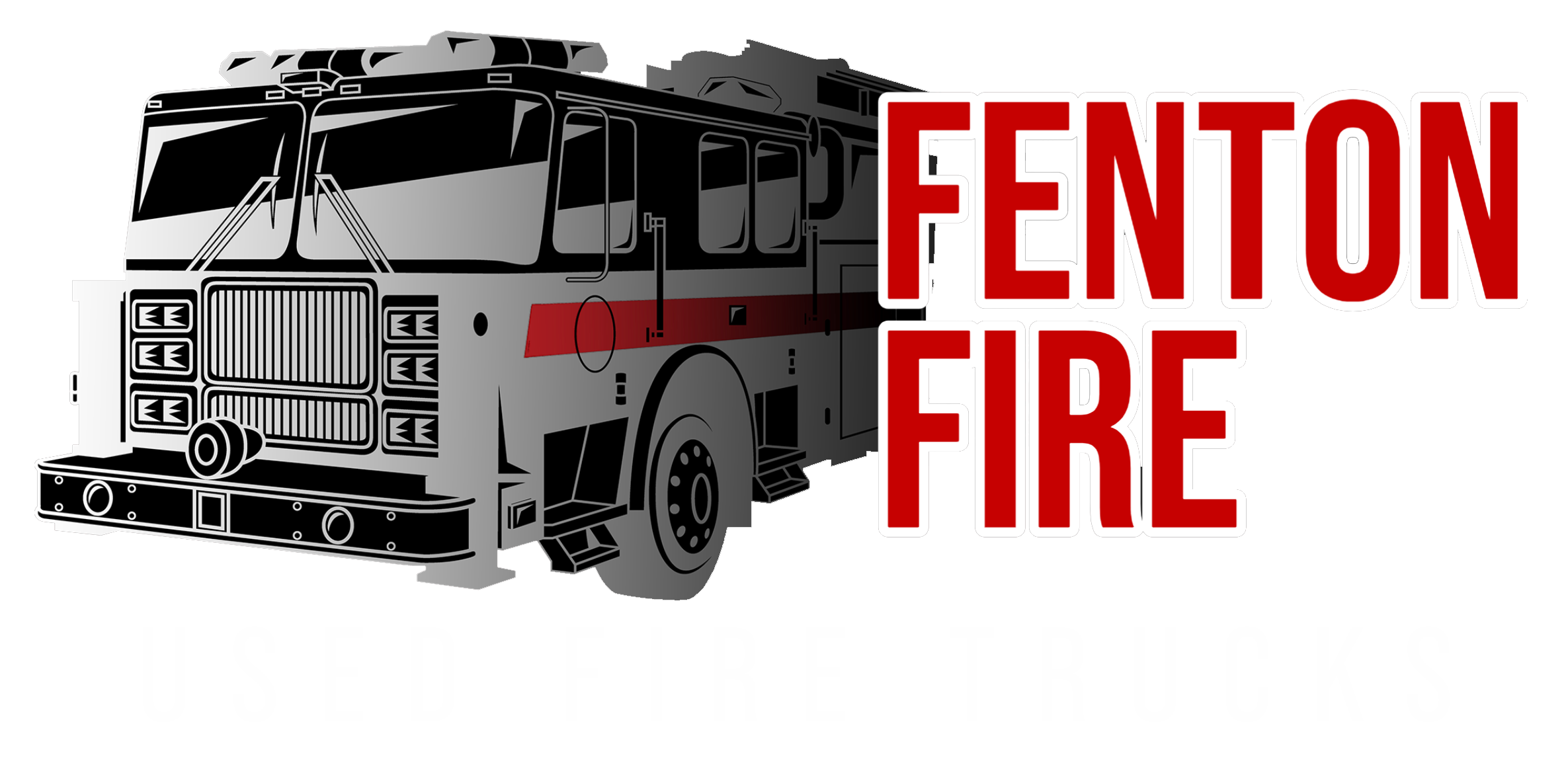
Few machines are pushed as hard yet spend as much time waiting as a fire truck. One moment it’s sitting quietly in the bay, the next it’s rolling out under maximum speed and load with both the crew and the public depending on it. That sudden shift from idle to full demand is why these vehicles require an uncompromising approach to care.
Skipping basic upkeep can trigger bigger problems than lost horsepower. Missed inspections may result in compliance penalties, unexpected breakdowns or equipment failures at the worst possible time. In contrast, a well-kept apparatus responds faster, runs longer and carries a lower risk of failure under pressure.
This guide will walk through the benefits of maintaining your fire truck, outline a practical fire truck maintenance checklist and share helpful vehicle maintenance tips that keep rigs mission-ready for years of service.
The Benefits of Maintaining Your Vehicle
Consistent care offers measurable benefits for any fire department. Here are some of the key reasons to invest in a structured maintenance program:
- Improved reliability and response times: Fire trucks must start reliably and operate without hesitation, no matter the weather or time of day. Regular inspections help catch issues like worn tires or low fluid levels before they cause breakdowns, keeping response times fast and consistent.
- Enhanced crew and public safety: A vehicle malfunction at the scene of an emergency can endanger firefighters and the public. Regular inspections of systems like lighting, brakes and tires help prevent accidents and allow the crew to focus on the task.
- Lower long-term costs and fewer emergency repairs: Fixing minor problems early prevents them from becoming expensive breakdowns. Preventive care often costs less than reactive repair work.
- Regulatory compliance: Preventive maintenance helps departments comply with the National Fire Protection Association (NFPA) standards for in-service fire apparatus. It also supports Occupational Safety and Health Administration (OSHA) workplace safety rules and local inspection protocols.
- Lower insurance costs: Demonstrating a consistent maintenance program can lower premiums, as insurers view well-maintained vehicles as lower risk.
Fire Truck Maintenance Checklist: What to Inspect and When
A clear, consistent fire truck maintenance checklist reduces the chances of overlooking problems and helps departments plan repairs efficiently.
Daily Checks
Daily inspections are your first line of defense. These quick but critical checks verify that the truck is safe and ready for service before every shift or emergency call.
- Fluid levels: Check engine oil, coolant, transmission fluid, power steering and windshield washer fluid daily. Low or contaminated fluids can lead to overheating, gear slipping, engine wear, poor braking performance or other mechanical failures.
- Tires: Tire issues are one of the most common causes of breakdowns. Check for proper inflation, cuts or bulges in the sidewalls, tread depth and valve stem condition. Properly inflated and damage-free tires improve handling and reduce the risk of blowouts.
- Lights: Verify that all emergency warning lights, headlights, turn signals, brake lights and scene lighting are operational to maintain full visibility.
- Sirens: Test the sirens and air horns to confirm proper volume and tone cycling. Any delay or abnormal sound may indicate wiring or speaker issues.
- Brakes: Perform a brake check daily. Listen for air leaks if applicable, then check gauge readings and perform a controlled stop if needed.
- Battery: Weak batteries are a leading cause of morning no-starts and delayed departures. Check battery charge status, cable connections and visible signs of corrosion and replace batteries that don’t hold charge reliably immediately.
Completing these daily checks reduces downtime and reinforces accountability across the crew. Document any issues found during daily checks and address them promptly.
Weekly and Monthly Checks
Some fire truck components don’t need daily attention but require weekly or monthly scheduled reviews to stay dependable:
- Pump operation: A truck’s pump is central to firefighting effectiveness. Run it under load to verify it engages smoothly, builds pressure quickly and maintains flow without leaks or surges.
- Hoses: A damaged hose can reduce water delivery, posing risks to firefighters and property. Inspect hoses for wear, leaks or fraying, and pressure-test each one to verify it can handle operating demands. Couplings should also connect securely without leaks.
- Ladders: Extend and retract ladders fully to confirm smooth function. Check rungs for cracks or bends and examine locks and pulleys for wear. It’s also important to clean and lubricate moving parts to prevent corrosion.
- Electrical systems: Operational wiring keeps radios, lights and controls reliable during calls. Check wiring harnesses, switches, fuses, outlets, charging systems and onboard electronics for wear or loose connections.
- Safety equipment: Confirm that all onboard safety gear, including extinguishers, self-contained breathing apparatus (SCBA) holders, emergency lighting, brackets, seat belts and first-aid kits, is intact, accessible and functional. A quick inventory check prevents surprises during an emergency.

Annual/Seasonal Checks
Beyond daily and monthly inspections, every fire truck and engine benefits from comprehensive inspections scheduled annually or during seasonal transitions. These checks often require certified Emergency Vehicle Technicians (EVTs) and should be planned in advance.
- Full mechanical inspection: Perform complete engine diagnostics, suspension checks, transmission health, steering alignment and driveline integrity. A comprehensive exam identifies hidden issues that shorter checks may miss.
- Exhaustive corrosion check: Road salt, moisture and chemical exposure can silently eat away at a truck’s frame and compartments. Inspect the undercarriage, wheel wells and body panels to detect and promptly address rust issues.
- Proper calibration: Test and recalibrate gauges, pump controls and pressure governors annually to maintain accuracy during operations.
- Cold weather preparation: Inspect antifreeze levels, fuel systems and heaters in colder climates. Batteries often struggle in low temperatures, so load-testing them before winter helps prevent failures during the first freeze.
- Hot weather considerations: In hotter regions, verify cooling systems are functioning at peak efficiency. You should also check tire pressure more frequently in summer heat, as air expands and may cause over-inflation.
Vehicle Maintenance Tips for Fire Trucks
These practical tips help fire departments get the most from their fleets:
- Record-keeping: Maintain a clear paper or digital log of every inspection, repair, fluid change or recalibration. Accurate records help track recurring issues and ensure compliance with industry standards.
- Scheduling and reminders: Use fleet management software or a shared calendar to schedule services and receive automatic reminders for upcoming tasks.
- OEM parts and certified technicians: Whenever possible, use original equipment manufacturer (OEM) parts and certified EVTs to keep the apparatus compliant with NFPA standards and reduce downtime caused by improper fitment or rework.
Vehicle Maintenance Safety Tips
Keeping the crew safe during maintenance is crucial. The following vehicle maintenance safety tips help protect personnel during inspections and repairs:
- Apply lockout/tagout procedures: Maintenance personnel should apply lockout/tagout protocols before working on electrical systems, pumps or moving components to prevent accidental activation while technicians are in contact with the equipment.
- Wear personal protective equipment (PPE): Mechanics and firefighters performing maintenance should wear gloves, eye protection, harnesses and hearing protection when appropriate.
- Ensure safe handling of hazardous materials: Properly store, transport and dispose of fluids, batteries and filters properly to avoid spills and chemical burns. Training staff on handling reduces exposure risks.
- Prevent slips, trips and falls: Fire trucks are tall vehicles with slippery surfaces. Nonslip footwear, good lighting, wearing harnesses and clear shop floors reduce the chance of falls and slips during inspection or repair.
Acquire High-Quality Fire Trucks From Fenton Fire Equipment
Consistent upkeep keeps fire trucks safe and ready for action. From daily checks of fluids and brakes to seasonal inspections for corrosion or calibration, maintaining your fire truck has many benefits, including compliance with local and federal standards and longer service life.
For departments looking to upgrade or expand, Fenton Fire Equipment provides a trusted marketplace for used fire trucks. With free appraisals, responsive service, honest pricing guidance and a wide selection of apparatus from leading manufacturers, we help fire departments and collectors find the right fit. Explore current listings or contact us directly to discuss financing and shipping options.

